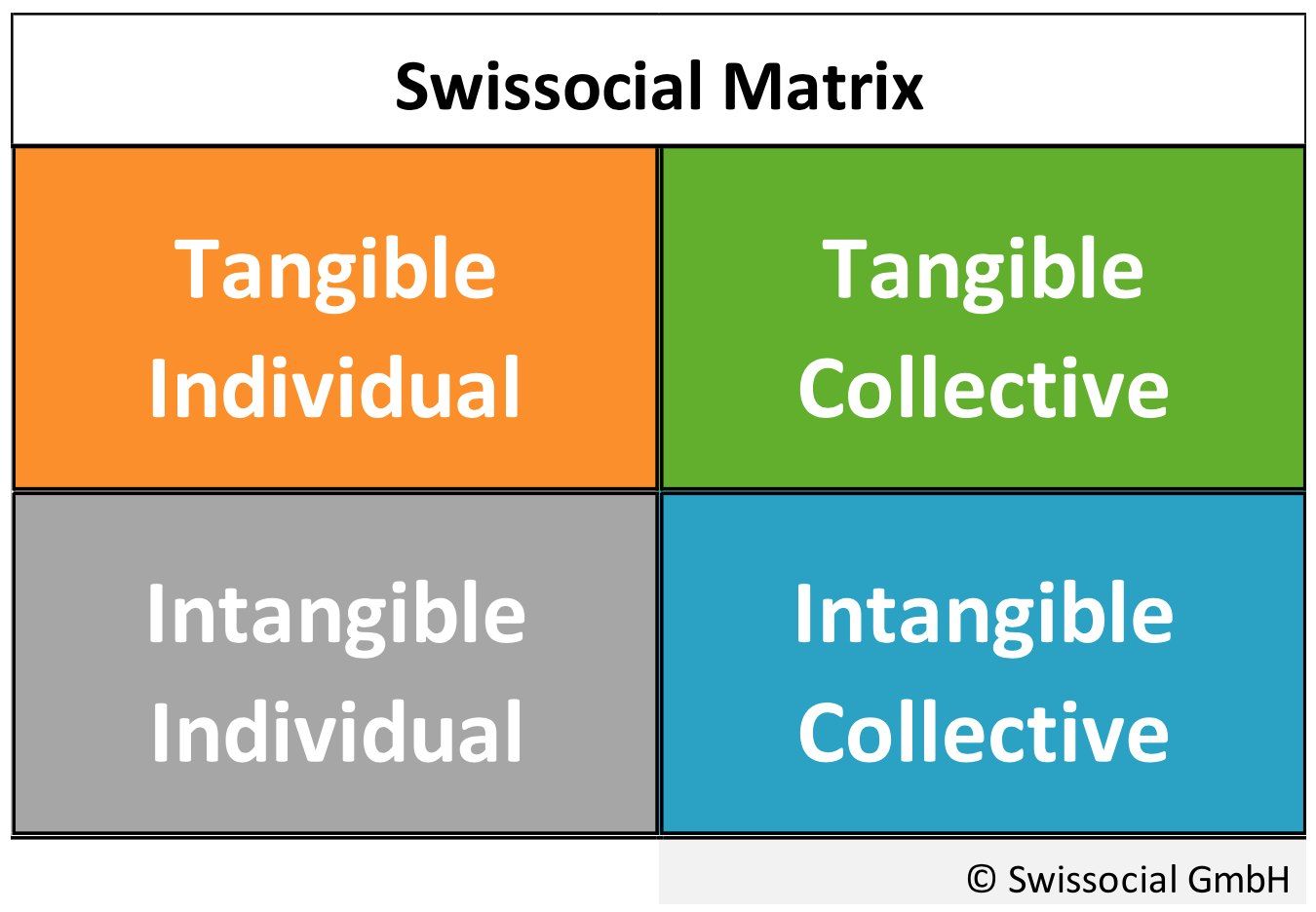Our work tools
Let's talk about our Key Concepts
our differential value
Exclusive concepts
"What is not measured can hardly be improved"
Positive
Negative
The social benefit created by a project (social impact) is the improvement in the living conditions of the beneficiaries that can be strictly attributable to the project, and not to other conditions that do not depend on it.
key concept #2
Social Impact Evaluation
Many impact evaluations refer only to a few key outcomes, the ones addressed directly by the project. They do not take into account that all social interventions have implications that go beyond the “officially” targeted goals.
The primary purpose of impact evaluation is to determine whether a project has an impact (positive or negative), and to quantify the magnitude of these changes that have occurred.
Therefore, these methodologies concentrate only on partial aspects of the living conditions of the targeted population. As a result, many other benefits are ignored and not captured.
Why Measure Social Impact?
Social impact can also be described as the creation of value in the lives of the beneficiaries. Measuring value addition through the assessment of the social benefits created by program interventions is a powerful tool for leveraging funds and pay-for-performance relationships. It also supports organizations in designing effective projects through evidence-based planning, and in building public support for its activities.
key concept #3
Swissocial Approach
The Swissocial approach is "beneficiary-centered". The only relevant point of view is that of the beneficiary, regardless of the type of project carried out.
Adopt the point of view of the beneficiaries of the project and not of its implementers.
Consider all dimensions of human life that may be affected by the project.
The Swissocial methodology is a 360º approach, which considers all relevant variables that affect human lives. Using a matrix that incorporates the social and human aspects that affect every day well-being and development, this methodology provides methods of assessing the change caused by the introduction of a program intervention. Hence, the Swissocial methodology can be used by any organization to evaluate all different types of social programs.
key concepts #4
The Swissocial Matrix
Our exclusive and self made matrix.
The Swissocial methodology is based on an anthropological view of the human being. Resources, assets and other benefits that can be enhance the quality of human life can be characterized as tangible or intangible. Further, being also that individuals do not live in isolation but in communities, these resources can be either individual or collective goods and services.
This results in the following simple matrix:

key concept #1
Social Impact
Changes experienced by the stakeholders that are directly or indirectly attributable to an activity or action (project).
They can be: